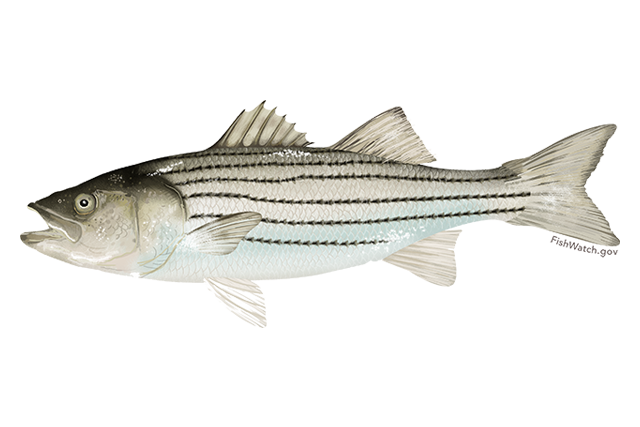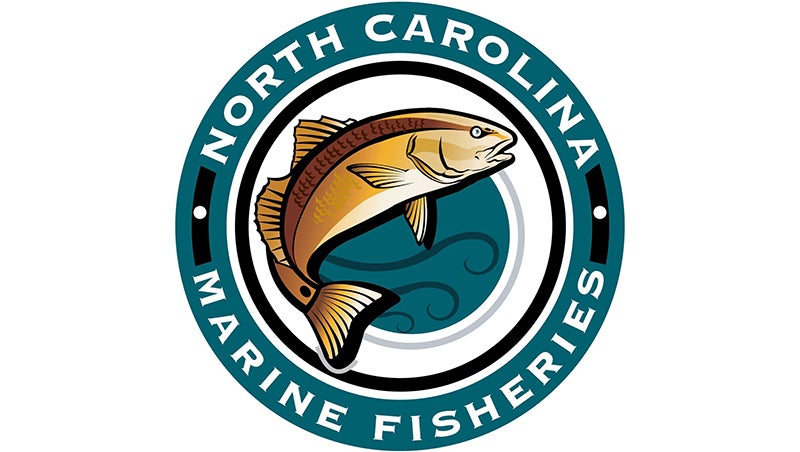North Carolina DMF, WRC release striped bass stock reports
Published 9:29 pm Wednesday, September 9, 2020

- Striped bass. NOAA image
|
Getting your Trinity Audio player ready...
|
The N.C. Division of Marine Fisheries and the N.C. Wildlife Resources Commission released two recently-completed striped bass assessment reports.
The Albemarle Sound-Roanoke River benchmark assessment and the Central Southern Management Area Stock Report are posted on the Division of Marine Fisheries website under Fishery Management Plans: Under review or Completed and the Wildlife Resources Commission website.
These reports represent a joint effort between the two agencies and a working group of stock assessment modelers, university researchers and fishery biologists to review the best available data and develop analyses to assess the current condition of the North Carolina striped bass stocks.
The Albemarle Sound-Roanoke River benchmark assessment indicates the striped bass resource is overfished and overfishing is occurring. This is a change from the stock status for these waters in a 2014 assessment that indicated the stock was not overfished and overfishing was not occurring.
The change in stock status is likely due to a period of low recruitment (the number of age-1 fish joining the population each year from 2002 to 2017) combined with overfishing. The decline in recruitment is not solely due to fishing. Environmental factors, such as river flow, water quality and blue catfish (an invasive species) may be impacting spawning success and need further study.
Following a rigorous external peer review process, the assessment has been approved for use for management purposes.
There is no stock status determination for the Central Southern Management Area, comprised of the Tar-Pamlico, Neuse and Cape Fear rivers. Continuous stocking efforts and lack of natural recruitment in these waters prevent the use of traditional stock assessment techniques.
The Central Southern Management Area Stock Report is a collective documentation of all the data collected, all management efforts and all major analyses completed for these river stocks.
The report also serves as a record of completed research efforts with implications for fishery management and as a guide for future research based on results and identified data gaps. It evaluates the likelihood of successful population rebuilding under various simulations of stocking and fishery management strategies such as different harvest levels and size limits. Tagging studies in the Cape Fear River showed a consistent decline in striped bass abundance estimates from 2012 to 2018 despite a no possession regulation since 2008.
The Division of Marine Fisheries and the Wildlife Resources Commission are reviewing the data to determine what management measures should be implemented for 2021.
Additionally, the Division of Marine Fisheries and Wildlife Resources Commission are developing Amendment 2 to the N.C. Estuarine Striped Bass Fishery Management Plan. A scoping period to solicit public comments on potential management strategies will occur later this fall.
READ MORE IN OUR ON THE WATER SECTION HERE.





